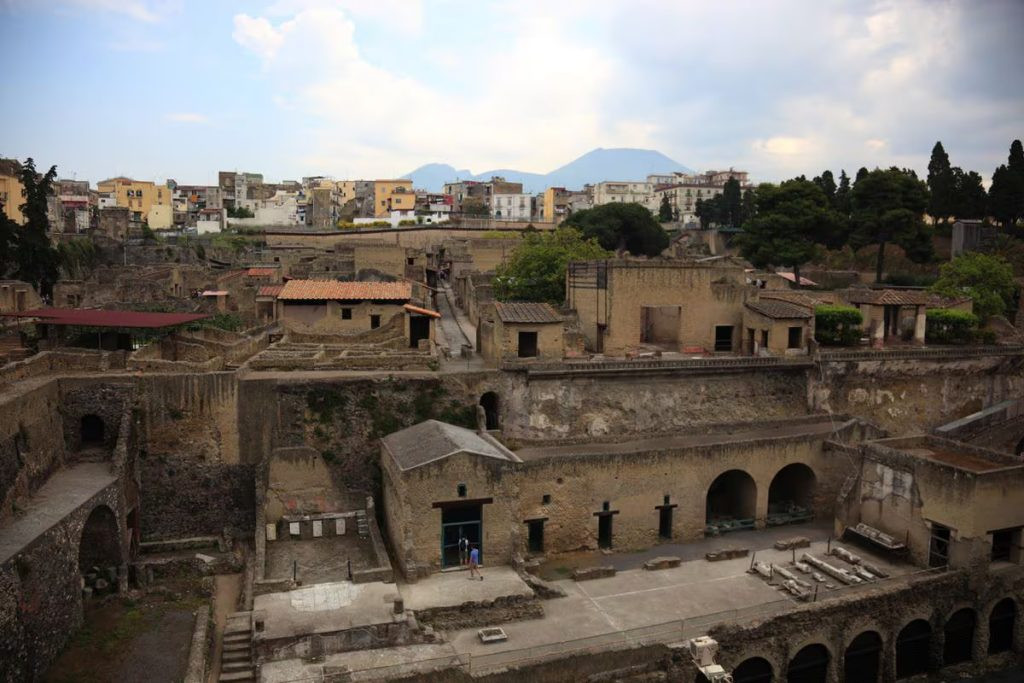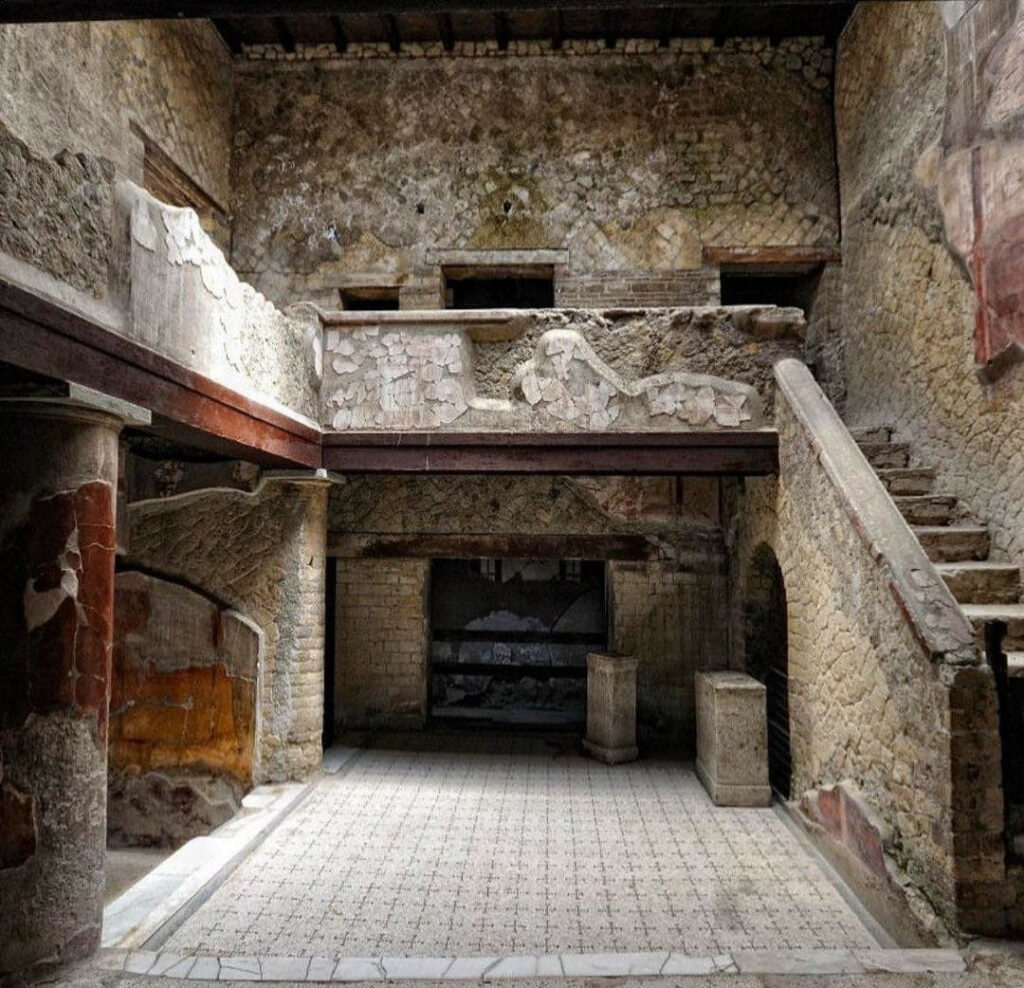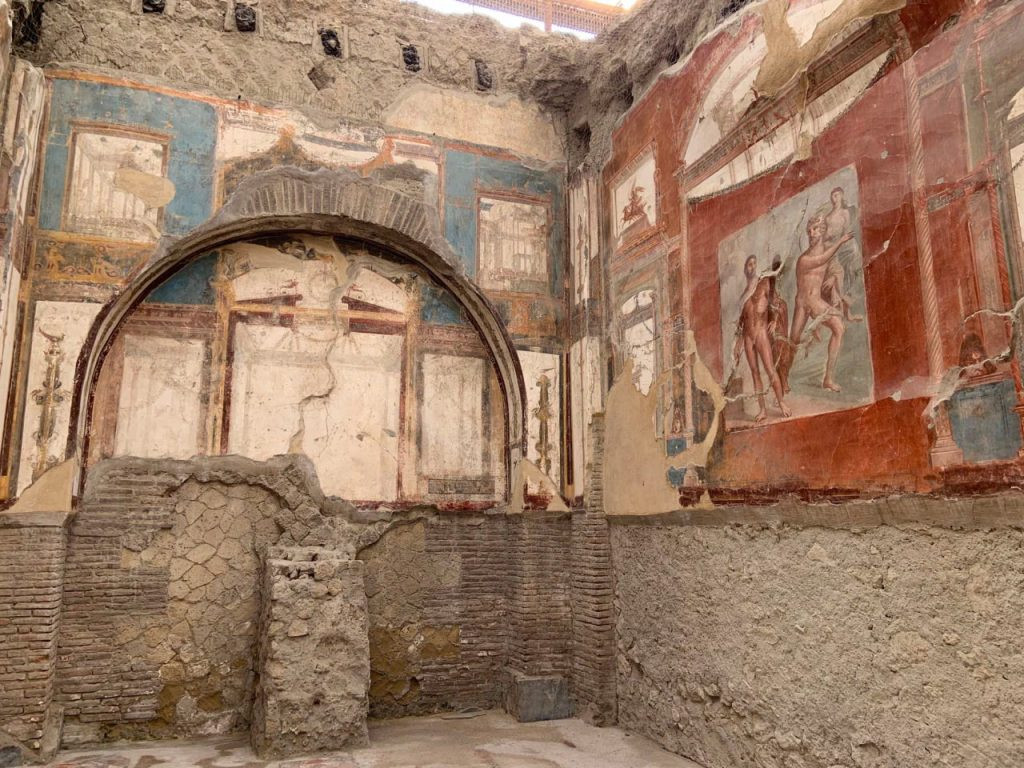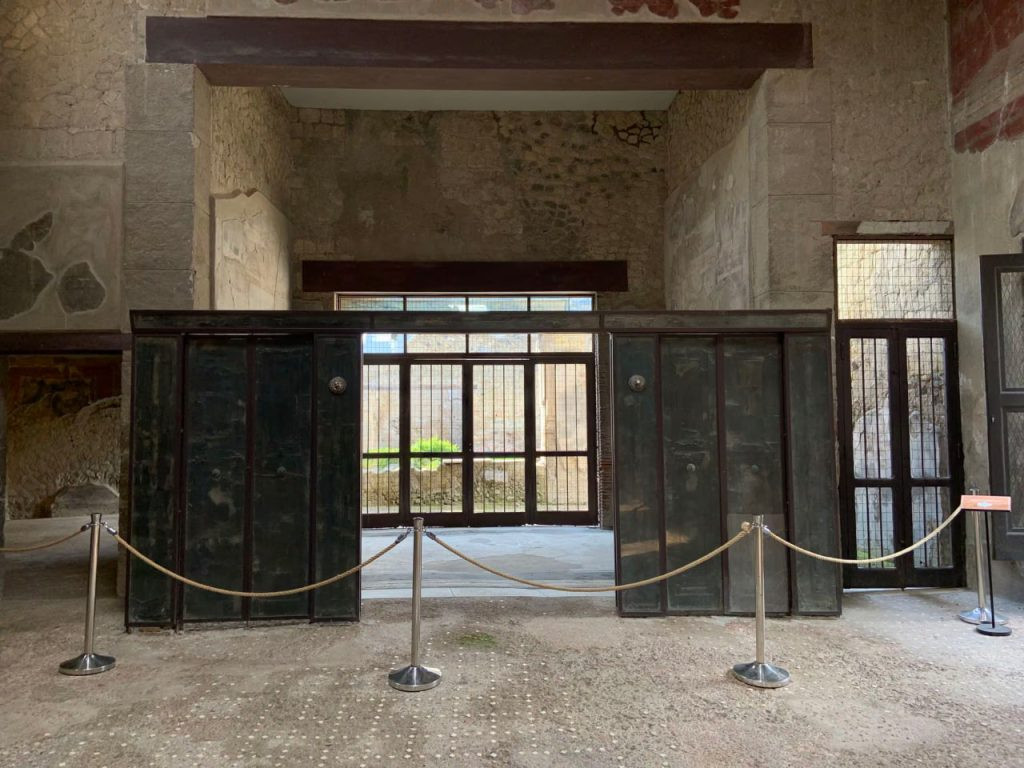Herculaneum, an ancient Roman resort town, was buried under ash and pumice during Mount Vesuvius’s eruption in 79 AD, remaining hidden for centuries. The modern archaeology of Herculaneum began with excavations in 1709, gaining momentum in 1750 when a house belonging to Julius Caesar’s father-in-law was uncovered.

Young archaeologist Daniel Garcia Varo dedicated years to exploring Herculaneum, ultimately writing the first Spanish book about the city. Unlike Pompeii, Herculaneum was preserved under mud and gas, protecting fragile artifacts like wood and providing insights into Roman life.

Archaeologists faced the mystery of missing human remains until discovering in the 1980s that around 300 people had perished in seaside warehouses. Director Francesco Sirano referred to Herculaneum as “an open-air archaeological laboratory,” where new technologies are revealing more about Roman history.

Despite extensive research, two-thirds of Herculaneum remains unexplored. The Villa of the Papyri, one of the first excavated sites, yielded a library still being studied. Exhibits at the National Archaeological Museum of Naples showcase Herculaneum’s treasures, hinting at more discoveries beneath the volcanic layers. Daniel Garcia Varo’s journey reflects a deep sense of wonder and determination, as Herculaneum continues to unveil its secrets for future generations.

Video

